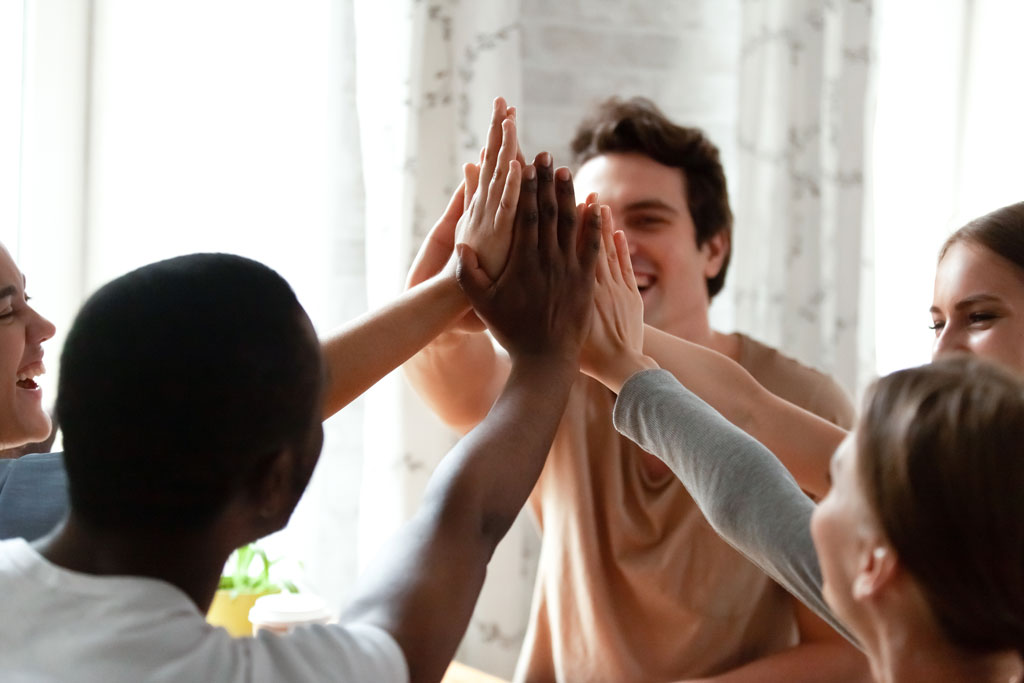Training with an individual who is within the LGBTQ+ community is not a whole lot different than training with someone outside it. We are all humans who generally share a common goal of wanting to live to be the healthiest version of ourselves.
Just like any other client, the focus should be on the individual’s unique goals, but there are a few things you can do to make them feel more comfortable. Here are some suggestions for fitness professional working with members of the LGBTQ+ community (specifically the trans community).
Building Respect
First and foremost, in order to build trust, respect is going to be the most important part of your trainer-client relationship and approach to training.
Preferred Names and Pronouns
Respect starts with a person’s name and pronouns. When training with trans individuals, consider that they may have a different name than what shows up on their email, credit card, ID, etc. They may also have preferred pronouns.
Trainerize allows for gender selection of male or female (a field used for nutrition calculations) but does not ask gender assigned at birth so it is important to acknowledge this could be different. Someone may pick male as their gender, but may still appear “female” due to not being very far along in their transition, or because they’ve decided to only transition socially.
If you want to ensure your clients can fully express their personal identities with you, it might be worth working preferred name and pronoun questions into your consultation form to be sure. But at the end of the day, it is always better to ask than to assume.
Although preferred name and pronouns are a pretty simple concept, it means a great deal when they are used correctly and it helps let people know that you respect them and that they can be themselves with you. There might be times where you mess up and use the wrong pronoun. If this happens, just acknowledge it, apologize and move on. The intention is most important, everyone makes mistakes, and no one wants to feel like they’re walking on eggshells.
Understanding Transition
Another thing to consider when training a trans individual is where they are at in their transition.
Hormone replacement therapy will have an effect on how you will set up a program. For example, a transmasculine individual on testosterone therapy is going to have a higher metabolic rate and increased ability to build muscle than a transmasculine person who is not on testosterone therapy and you may need to adjust accordingly.
If you are not sure if someone is on HRT, it might be best to have a personal conversation with them and ask so you can program for them properly. Other things that may be affected by where someone is at in their transition is comfort level of different movements or even taking progress photos.
Promoting Inclusivity
If you are looking at a way to let those in the LGBTQ+ community know that you are inclusive, and that your business is open and welcoming to all, it might be best to let people know that you train all humans regardless of sexual orientation or gender identity.
Small phrases or symbols can go a long way. Even if it is a simple rainbow emoji showing you are LGBTQ+ friendly.
At the end of the day, members of the trans and LGBTQ+ communities are just looking for a respectful person that will help them reach their goals. Showing them you’re an ally and can be that person for them is welcome and appreciated.
Fitness is for everyone, and online training helps make that possible. Start your free 30-day trial of Trainerize.

